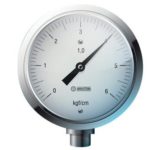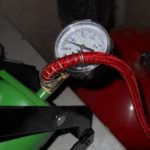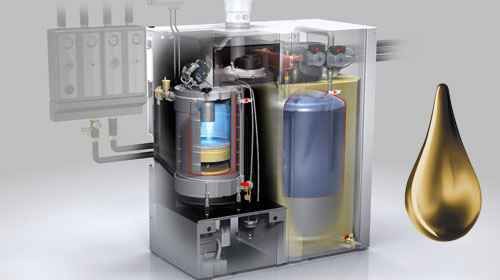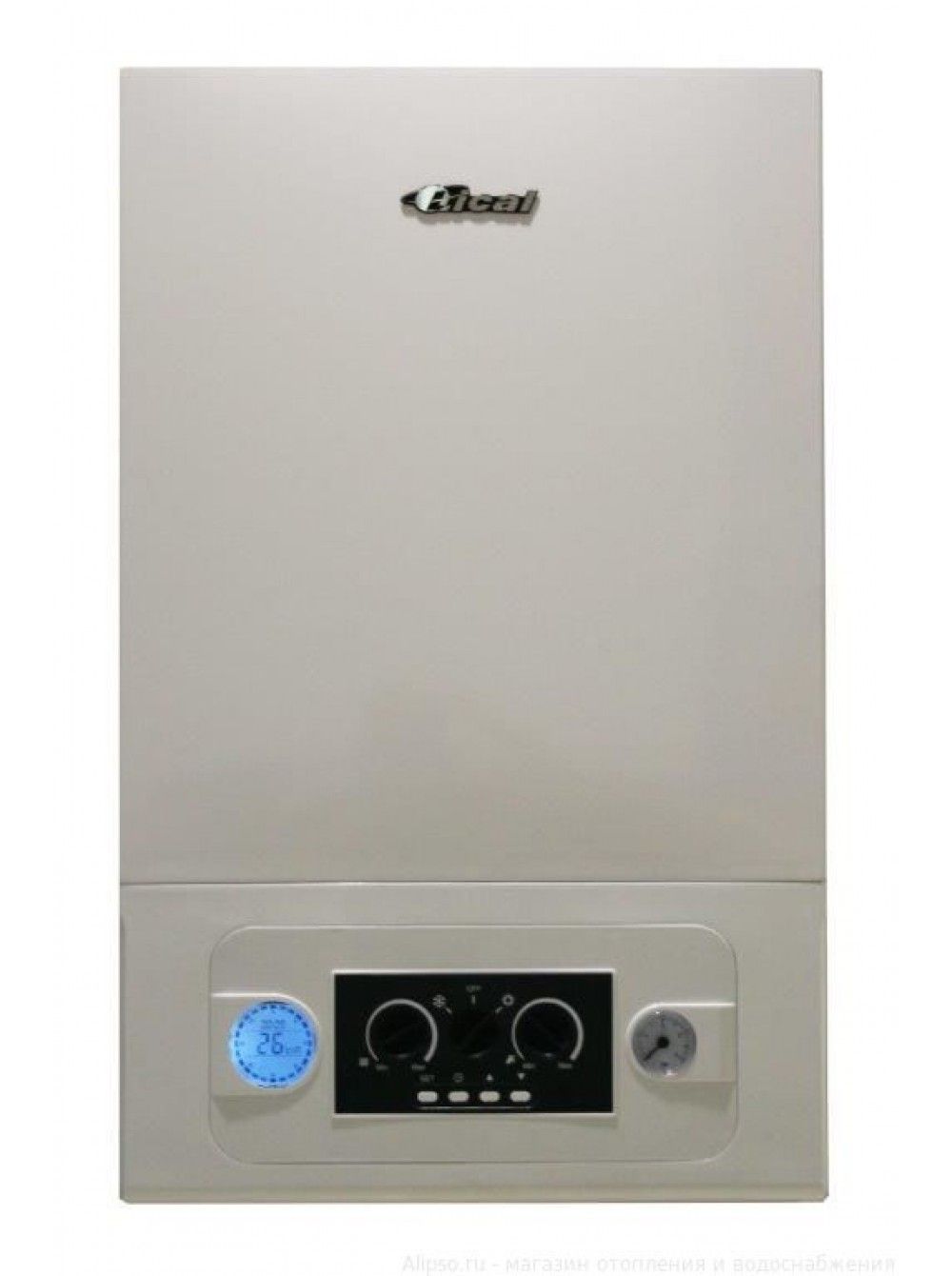How to set the thermostat on a heating boiler
 Comfort in residential premises during the cold season is due to the presence of control devices for heating equipment. Proper use of thermostats allows you to save up to 30% of thermal energy. Considering the constantly rising prices of resources that provide heat, the use of control equipment will reduce consumer costs.
Comfort in residential premises during the cold season is due to the presence of control devices for heating equipment. Proper use of thermostats allows you to save up to 30% of thermal energy. Considering the constantly rising prices of resources that provide heat, the use of control equipment will reduce consumer costs.
The content of the article
Why do you need a thermostat?
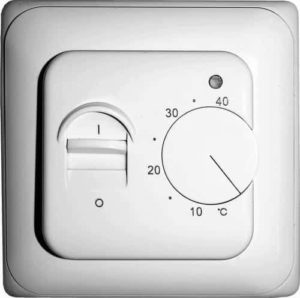 All types of heating equipment can operate in active heating mode using wood, gas or electricity, depending on the type of boiler. In addition to this mode, modern units switch to a passive state, in which the coolant continues to circulate in the system, but no longer heats up. Accordingly, the process of heating the required room slows down.
All types of heating equipment can operate in active heating mode using wood, gas or electricity, depending on the type of boiler. In addition to this mode, modern units switch to a passive state, in which the coolant continues to circulate in the system, but no longer heats up. Accordingly, the process of heating the required room slows down.
Switching from one state to another is done using a thermostat. It is this device that gives the command to the heating equipment to operate in active or passive mode.
Types of thermostats
Manufacturers of heating equipment produce a large number of different models of devices for regulating room temperature. Depending on the type of heating boiler, regulators are divided according to their purpose:
- for solid fuel;
- gas;
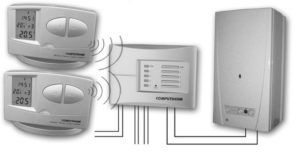
- electrical.
According to the type of device control, they are classified as follows:
- mechanical;
- electromechanical;
- electronic.
An example of a mechanical regulator is an attribute of a solid fuel boiler for changing the parameters of the coolant. After manually turning the adjustment wheel, the opening and closing angle of the blower will change using the chain drive of the device.
Electromechanical regulators are often used on household heaters and convectors. Turning the control wheel gives a command to the electrical appliance to turn it on or off, depending on the air temperature. The same principle is used to operate different types of boilers.
Electronic regulators allow you to set the required on and off parameters with high accuracy, using buttons that correct the value of the set value. Modern thermostats are additionally equipped with weekly programmers, thanks to which they can set different heating modes during the day or at night, as well as when leaving home for the weekend or for a longer period.
REFERENCE! Electronic programmers can respond not only to changes in temperature, but also humidity.
The ease of use and configuration of electronic and electromechanical thermostats contributes to the increased demand for these devices. Mechanical ones require a more painstaking approach during installation and configuration, but the operating process is no different from electromechanical attributes.
According to the method of temperature measurement, thermostats for boilers are distinguished:
- by coolant;
- by air.
This difference indicates exactly what temperature we regulate by changing the parameters of the device. Modern models of heating equipment are equipped with built-in thermostats for coolant, and convectors for air.
How to connect and configure a thermostat
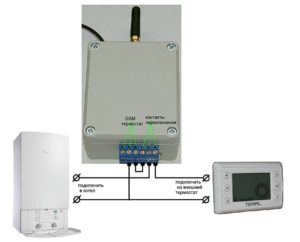
Installation of electronic and electromechanical devices requires breaking the electrical circuit for starting the heating boiler. It is to the switching contacts of the heating equipment that the regulator is connected, which will give commands when voltage is supplied to the power supply network of the heating equipment. When connecting electric boilers that require high current to perform heating, use an electromagnetic or similar starter to avoid passing high voltage through the regulator.
Connection diagrams for electrical appliances are observed in accordance with the recommendations of the manufacturers of this or that equipment. Unlike a mechanical thermostat, electrical attributes do not require calibration and adjustment of the control elements. The electromechanical regulator is adjusted by turning the wheel to the desired air or coolant temperature value. When the set value is reached, the sensor that is included with the device will disconnect the contact of the boiler electrical network. After a temperature drop of 2-10 degrees. (depending on the model), the circuit will close and the electric current will turn on the heating unit.
Electronic regulators allow you to independently set the temperature to turn off and turn on the boiler. To do this, use the control buttons to set the desired parameters for turning off the heating equipment, then press the top value adjustment button and do not release until the selected value begins to flash. After this, select the switch-on temperature and hold the bottom button until the desired value is fixed. By lightly pressing the upper and then the lower buttons, the set values are checked.Now, when voltage is applied, the regulator will periodically turn the equipment on or off as the set temperatures are reached.
IMPORTANT! When installing an additional thermostat with an air sensor, the contact terminals are connected in parallel to the existing regulator of the heating unit!
A mechanical thermostat, which is installed on a solid fuel boiler to change the temperature of the coolant, requires more attention during installation. The peculiarity of the adjustment is that after installing it in its normal place, the temperature value on the regulator will not correspond to the coolant in 90% of cases. To adjust the set value, use a chain that connects the regulator lever to the lower damper of the boiler.
To correct the operation of the mechanical regulator, the equipment is started at an arbitrarily set position of the lever with the boiler vent open. When the temperature at the outlet of the heating unit reaches 60 degrees, the chain is tightened, leaving the lower damper open by 2.5-3 mm. After this, turn the regulator lever to 80 and wait for the coolant temperature to rise. When a stable combustion process is achieved, the temperature difference is compared. If the regulator has a lower value than the boiler, then the chain is lengthened, and if, on the contrary, it is shortened. After this, the thermostat is checked at a lower temperature value and, if necessary, adjusted in exactly the same way.
ATTENTION! It is impossible to achieve a clear correspondence between the temperatures at the regulator and the boiler outlet due to differences in measurement errors! The difference in readings under different operating modes reaches 5 degrees!
Connecting a thermostat in a residential area will allow you to use the capabilities of heating equipment with greater efficiency. In addition to reducing costs for the consumption of various raw materials, electrical appliances installed on solid fuel boilers can increase efficiency through more rational use of firewood or coal.

